Perhaps no cultural phenomenon has generated more thinkpieces than the modern television antihero. Some of these have focused on the trend itself, and its roots in classical literature, while others have used individual milestones of the genre through the years as their jumping-off point, with Tony Soprano, Walter White and Don Draper as its primary avatars. One recurring theme in analysis of the genre has been the overwhelming whiteness and maleness of the character, and the implications thereof. Would audiences root for a black version of these characters, for example, in a culture where an unarmed black teenager’s suspension from school or smoking weed is considered a mitigating factor in the morality of shooting him dead? Similarly, would audiences cheer as a female version of these characters made their Michael Corleone-esque descent into amorality, booing and hissing their concerned husbands for cramping their style?
These are all salient points, but through them all, what I’ve really longed for is not the female Don Draper, but the female Gus Fring, Giancarlo Esposito’s indelible drug lord antagonist from the middle chunk of Breaking Bad. Like a lot of the best villains, he’s well-dressed, cultured, intelligent and what TV Tropes would call a Magnificent Bastard. Unlike a lot of those villains, he’s also black, Latino, and implicitly gay or bisexual, but with none of the insulting stereotypes villains in those categories usually bring to the table. What truly made Gus work as an antagonist was that he was, in many ways, more admirable than Walter White, the show’s nominal protagonist; really, the only thing about him that made him truly evil was his exploitation of children for the drug trade, and, as those who watched the show remember, Walt was hardly occupying the moral high ground on that front by the time Gus’ arc concluded.
It surprises me how little of our ongoing conversation about the nature of strong female characters and the writing thereof has concerned female villains. Female villains, like female heroes, have suffered for generations from the constraints of traditional portrayals of their gender in fiction. If the heroine is constantly under the shadow of the princess archetype, the villainess is constantly under the shadow of the femme fatale or the slut. Many of the best female villains in recent years go beyond these shallow characterizations but are still to some extend bound by them; Amy Dunne from Gone Girl is so vicious, and so meticulous and prepared in her viciousness, that it prompts a Ron Burgundy-esque “I’m not even mad, that’s amazing”; but her villainy is that of a woman scorned, and her methods are misogynist horror stories like false rape reports and baby traps. Amy is more than the sum of her parts, but those parts still bring with them their baggage and history.
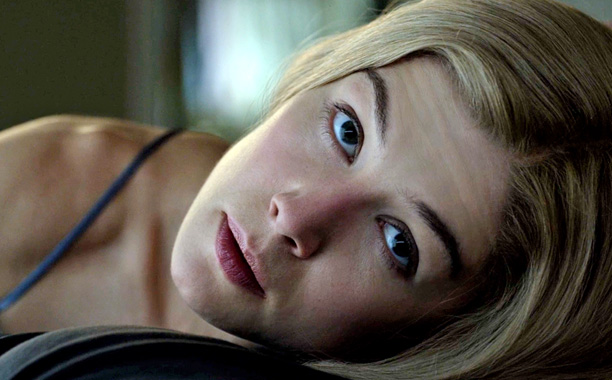
Similarly, Cersei Lannister from A Song of Ice and Fire is, at first glance, a fairly generic wicked queen archetype, but beneath the surface, while she’s still a pretty terrible person (far worse than her brother and lover, who starts off painted in similarly broadly unlikeable strokes), she’s a deeply damaged one as well, a survivor of rape and abuse, and a woman determined to prove she can triumph in a man’s world by outdoing the very worst of them. It’s a compelling formula, but Cersei’s arc is still largely defined by the use of sex to get what she wants and bitter hatred of a younger, more attractive woman—and when the narrative begins to punish her, it’s almost exclusively for her sexual transgressions. Again, she remains a fantastic character, but not one who transcends the baggage of the female villain.
Justified, the brilliant neo-Western based on the work of Elmore Leonard that saw its conclusion in April, might seem an unlikely source for a female Gus Fring; it was very much a story about masculinity and masculine violence. But one of the series’ secret weapons was its portrayal of the dangers of womanhood in such a world. The series kicks off with a shootout between two men, but the incident that truly drives the plot is the long-suffering Ava Crowder shooting her abusive husband dead at the dinner table (Turning the accoutrements of domestic femininity on abusive men is a recurring motif for Ava; two seasons later, when one of her lover’s thugs refuses to take orders from her, snickering “What are you gonna do, spit in our food?” she brains him with a frying pan).
The show’s second season, still its peak, gave us both its best villain and probably the closest thing to what I want in my female Gus Fring: Mags Bennett, played by Margo Martindale in a titanic, Emmy-winning performance.
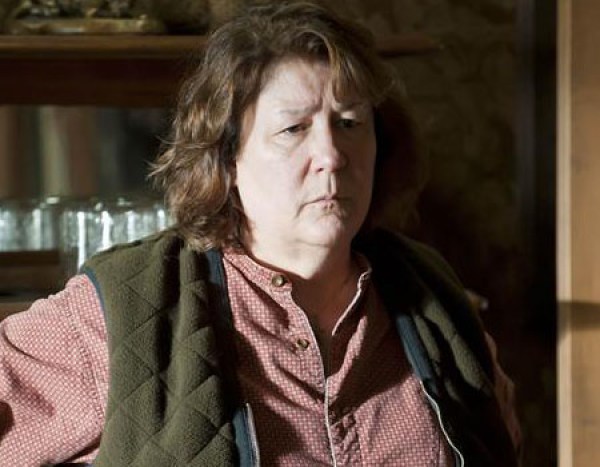
Mags is the matriarch of a rural marijuana empire, with her court including her three sons, idiot stoners Dickie and Coover, and Doyle, the dutiful eldest, who is also the crooked county sheriff. Somewhat like Cersei, Mags is an archetype subverted. Outwardly, she is a take-no-shit but deeply loving, and loveable, country grandma, one who runs the local convenience store, hosts barbeques, and mediates local problems in the way such people often do in parts of the country where law enforcement lacks the clout to. And then, at the end of her first appearance, she shows us her true face, poisoning an employee with her “apple pie” moonshine for going to the police about a pedophile with designs on his daughter. (The domestic as a weapon, again.) Later in the season, she mangles Coover’s hand with a ball-peen hammer for engaging in unapproved criminal enterprises, and still later, when a smug mining executive with her eye on her land doesn’t even bother not to treat her like a rube, she responds with an ice-cold “Sit your bony ass down and listen to my counteroffer while there’s still pieces of you big enough to find.” Significantly, Mags, like Cersei, is a widow; and, like Cersei, survives in a man’s world using its own tactics; but unlike Cersei, she is more than up to the challenge.
Three seasons later, against all odds, the show gave us another Gus-type character, one almost as potent as Mags. At the very end of its fifth and penultimate season, it introduced Katherine Hale (Mary Steenburgen), an associate of weaselly Kentucky gangster Wynn Duffy.
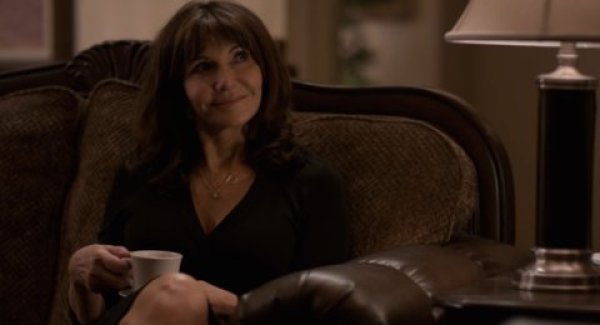
Hale is the widow of “Big Country” Grady Hale, a legendary local criminal. Since his death, Hale has become something of a criminal Olivia Pope, serving as a fixer and consultant for organized crime. Hale seems fairly innocuous at first, with Steenburgen projecting the same twinkling, younger-than-her-years warmth she had in, say, Elf. It wasn’t until the sixth season that we saw her drop the façade, in a horror-movie-scary interrogation of Ava disguised as a friendly girls’ day out and the confirmation of the implication that she was the power behind her husband’s throne the entire time. It took a relatively long time for Hale to actually kill someone onscreen (for those of you keeping score, she shot him through her clutch), and she’d become so terrifying by that point it could have been anti-climactic, but Steenburgen’s performance has been so brilliant that the storm after the calm (is that a phrase?) well and truly stuck the landing.
CBS’ Elementary, derided by fans of the BBC’s Sherlock as a pale imitation and beloved of pretty much anyone who’s actually watched it, set itself the daunting task of creating a female version of Sherlock Holmes’ archnemesis James Moriarty, probably the greatest Magnificent Bastard in Western pop culture. Moriarty (Natalie Dormer) was initially introduced as Irene Adler, another key figure in the Holmes mythos, before revealing Adler to be simply a character she plays, an unlucky, ordinary American woman hiding a ruthless British crime boss.
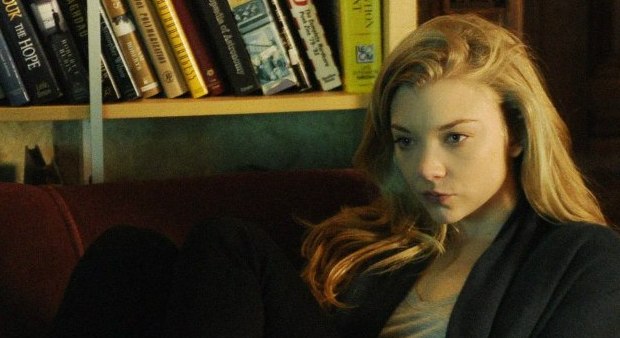 Unlike Mags and Hale, Dormer’s Moriarty isn’t a villainous variation on feminine archetypes, such as the damsel in distress or the old flame; rather, she consciously wears them as a costume. Part of why Moriarty is so effective as a criminal is the fact that most people’s idea of a ruthless mastermind, consciously or not, is of a man, and her machinations succeed because that perception makes them slot her into the above other roles instead. “As if men had a monopoly on murder,” she smirks, noting how easy these assumptions make her job. A big part of what makes the character work is Dormer, whose enigmatic, almost feline mystique has made her a natural in these sorts of roles (one consistently popular Tumblr post imagines her playing Iago in an all-female production of “Othello”).
Unlike Mags and Hale, Dormer’s Moriarty isn’t a villainous variation on feminine archetypes, such as the damsel in distress or the old flame; rather, she consciously wears them as a costume. Part of why Moriarty is so effective as a criminal is the fact that most people’s idea of a ruthless mastermind, consciously or not, is of a man, and her machinations succeed because that perception makes them slot her into the above other roles instead. “As if men had a monopoly on murder,” she smirks, noting how easy these assumptions make her job. A big part of what makes the character work is Dormer, whose enigmatic, almost feline mystique has made her a natural in these sorts of roles (one consistently popular Tumblr post imagines her playing Iago in an all-female production of “Othello”).
Maybe these three were the female Gus Fring and maybe they weren’t; I certainly still want more female Gus Frings, regardless. I have a rule I try to apply to my own writing of female characters, inspired in large part by complaints about the short shrift given to poor Maggie Hart in True Detective: if I describe a female character’s plot significance, would the first thing I said be whose wife or mother or lover she was? Mags, Hale, and Moriarty are mothers and grandmothers and girlfriends, but that’s hardly what they mean to the story. You could argue Amy and Cersei pass as well, and that’s great. But imagine a cultural landscape where no serious person could argue they didn’t.
Zack Budryk is a Washington, D.C-based journalist who writes about healthcare, feminism, autism and pop culture. His work has appeared in Quail Bell Magazine, Ravishly, Jezebel, Inside Higher Ed and Style Weekly and he is currently working on a novel, but don’t hold that against him. He lives in Alexandria, Virginia with his wife, Raychel, who pretends out of sheer modesty that she was not the model for Ygritte, and two cats. If you don’t think Molly Solverson from “Fargo” is the best he will fight you. He blogs at autisticbobsaginowski.tumblr.com and tweets as ZackBudryk, appropriately enough.
–Please make note of The Mary Sue’s general comment policy.–
Do you follow The Mary Sue on Twitter, Facebook, Tumblr, Pinterest, & Google +?



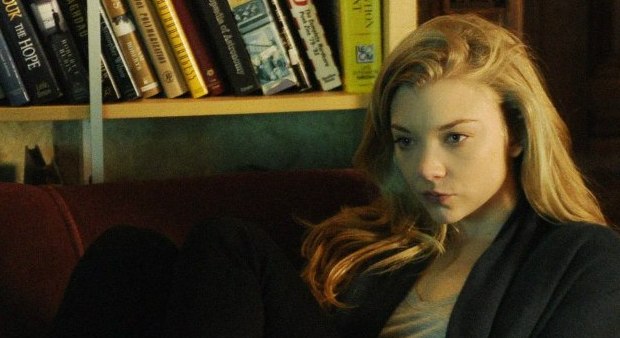





Published: Apr 16, 2015 08:00 pm